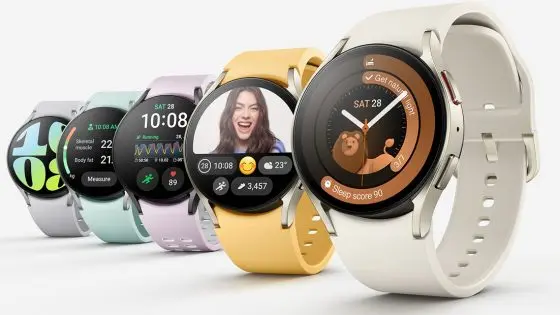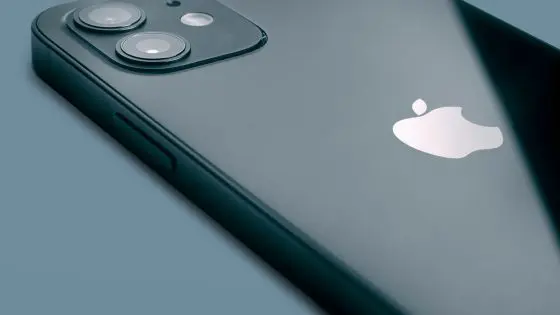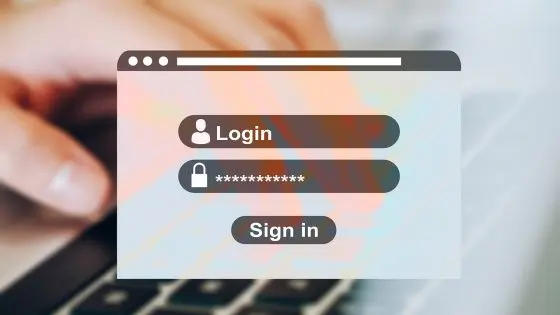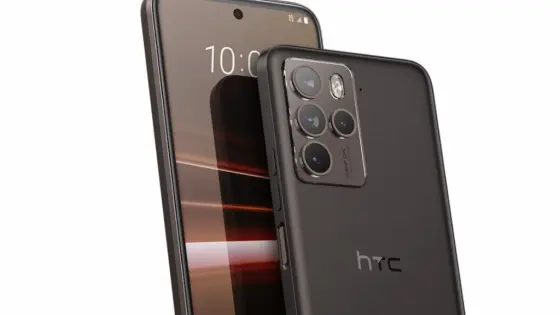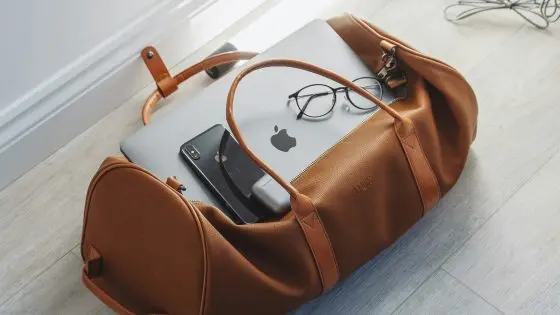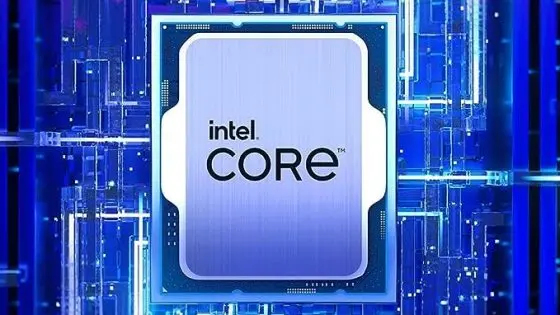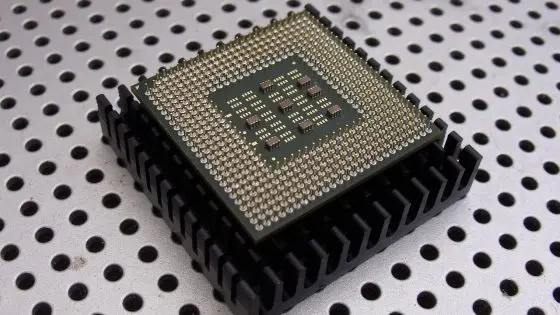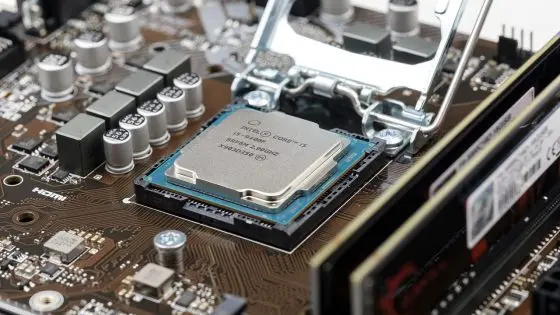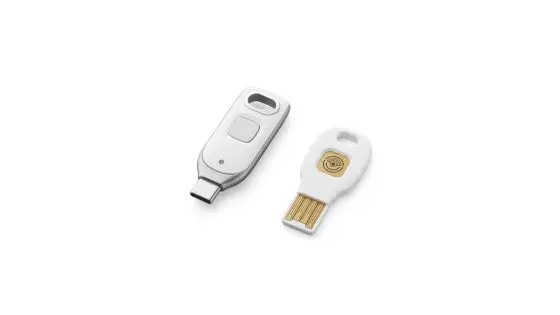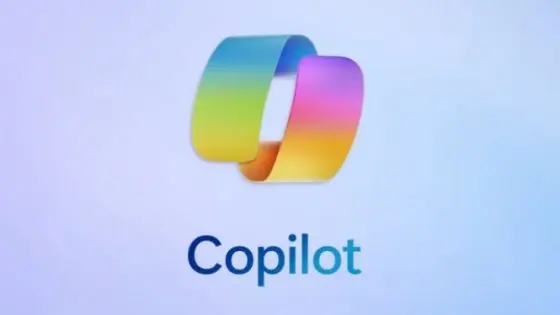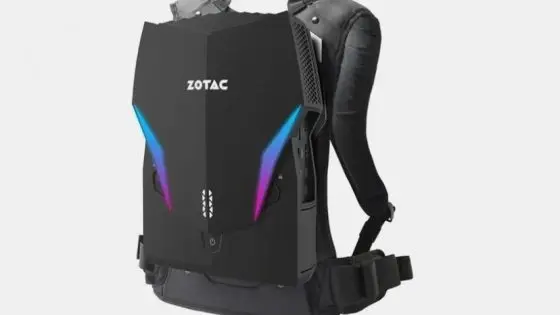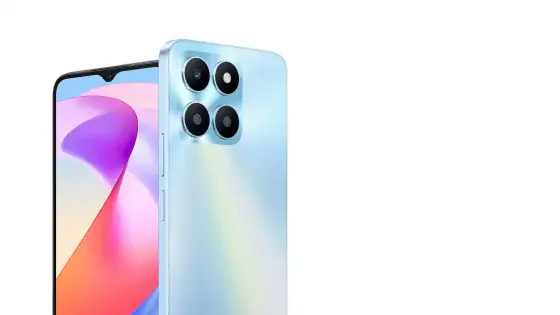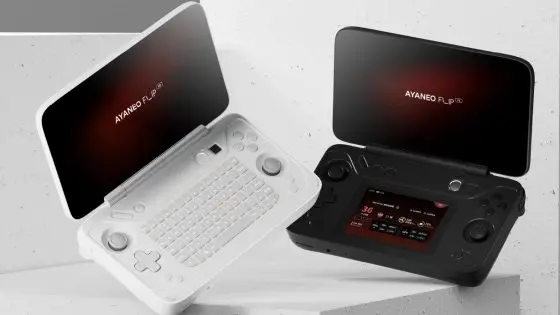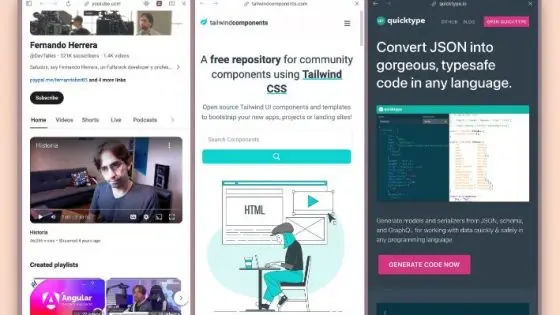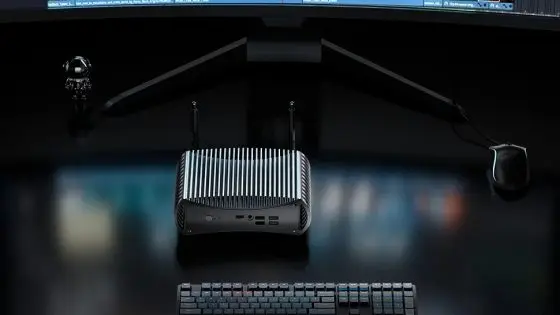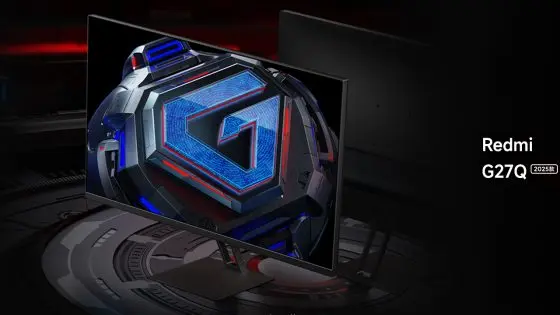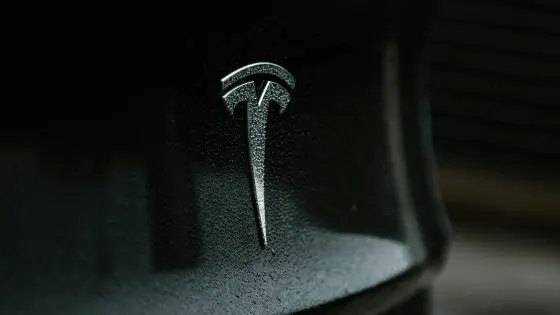Why is Apple banned from importing smartwatches into the US?

Healthcare professionals have surely heard of the company Masimo, a well-known manufacturer of medical devices. At the beginning of the year, the US International Trade Commission (ITC) ruled that Apple had infringed two of their patents for measuring blood oxygen saturation (SPO2). As of December 26, Apple has banned the importation of the Apple Watch Series 9 and Ultra 2 smartwatches into the United States of America. Let's remember that Apple manufactures its devices in China and India. Only then are they imported to other markets, including the USA.
A verdict against a technological giant is a real rarity. Usually, in these types of cases, the two sides settle out of court, but in this case, Apple pulled the plug.
In just a few days, especially right before Christmas, it is unlikely that Apple will be able to bypass this blockade or conclude an agreement with Masimo. Even Apple's decision to withdraw the mentioned smart watches from its online store does not mean anything. good.
"I think Apple has correctly assessed its position and is preparing for the worst," says Ben Levi, a partner at the law firm Levi Snotherly & Schaumberg, who has experience handling ITC disputes.
A win against any tech giant is incredible, especially with such tangible consequences. A financial penalty would probably be a more acceptable decision for Apple.
How did the blocking of the import of Apple smart watches come about?
This ban is the result of a long-running patent dispute between Apple and medical device manufacturer Masimo. This one is known for its pulse oximetry technology, commonly referred to in the world of wearable devices as SpO2 or blood oxygen saturation. The company claims that Apple is using this patented technology without permission.
The story began about 10 years ago when Apple contacted Masima about a possible partnership regarding blood oxygen functions on its wearable devices. Soon after, Apple is expected to offer more Masimo engineers and their head of the health department. Then, in the fall of 2020, Apple released the Apple Watch Series 6 — its first Apple Watch to feature an SpO2 sensor to measure blood oxygen saturation levels.
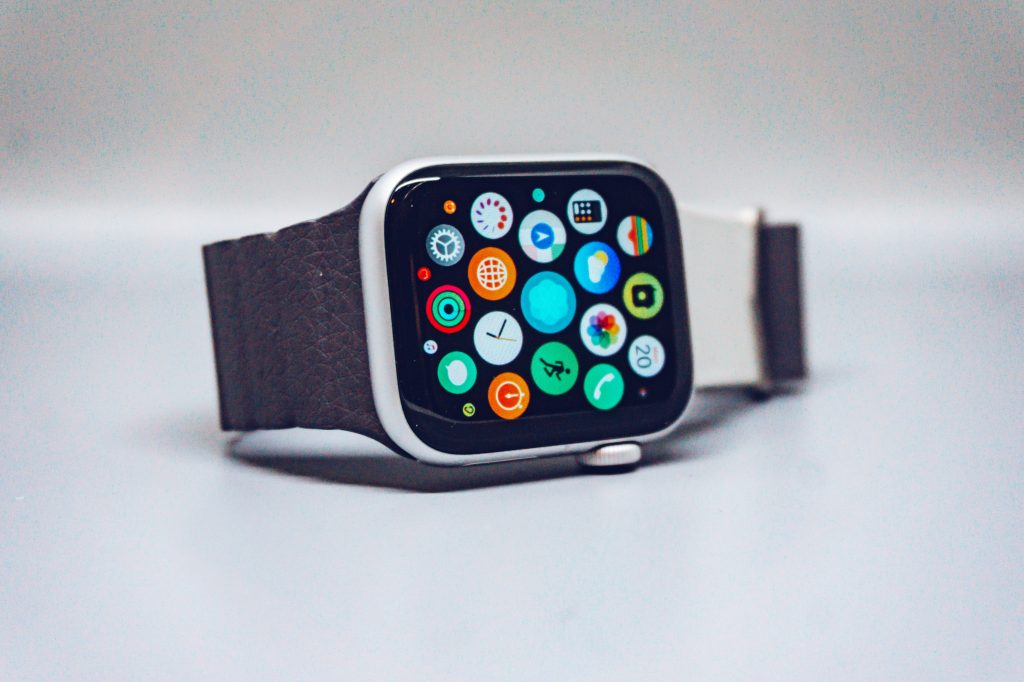
The expected company Masimo did not accept this with open arms. It filed a lawsuit accusing Apple of stealing trade secrets and violating 10 patents. As usual, the process dragged on, so Masimo had to file a separate lawsuit with the ITC. Apple hit back and last year launched a retaliatory lawsuit against Masimo, claiming that their Masimo W1 medical watch is a clone of the Apple Watch. This pink-ponk was interrupted by the ITC, which came to the defense of Masimo in January this year.
In October, they issued a ban on the import of Apple Watch watches, but now the 60-day period in which the US Trade Representative or President Joe Biden can veto the ban is about to expire. If this does not happen, the import ban will come into effect on December 26.
The probability that the veto will happen is very small, at least sodeÄ after similar past cases. Still, a little hope remains. In 2013, then-President Barack Obama vetoed the iPhone import ban. If you recall, Apple was in a dispute with Samsung over the use of their mobile data patents. At the time, the fact that those patents were considered standard and key to use spoke in favor of Apple. In all likelihood, the US also did not want Samsung to gain a competitive advantage.
What will happen now?
Apple watches account for 30 % of the global smartwatch market and 17 billion of the company's turnover. Apple has certainly called in all its legal cavalry, which will try to find the best solution for the resale of smart watches in the US over the holidays.
An appeal is the most likely option, but it takes a long time. Such procedures can drag on for well over a year. Too long for Apple and its US users. Another option is a temporary suspension of the import ban, but in this case Apple must prove that the import ban represents irreparable damage to them or damage that could bankrupt the company. Since their existence does not depend on Apple Watch sales, a temporary suspension is unlikely to happen. Especially since smart watches will be able to continue to be sold in other markets, including the Slovenian one.
The ban does not apply to the Apple Watch SE because it does not have the ability to measure blood oxygen saturation. As one of the solutions, Apple could prepare a software update to disable the SPO2 function in the Apple Watch 9 and Ultra 2. This may be the cheapest and fastest option at the moment. In the meantime, Masimo revealed that Apple did not steal their algorithms, howeverÄ sensor design. If the #140 wants to continue using it, it will have to change the design of the sensor.
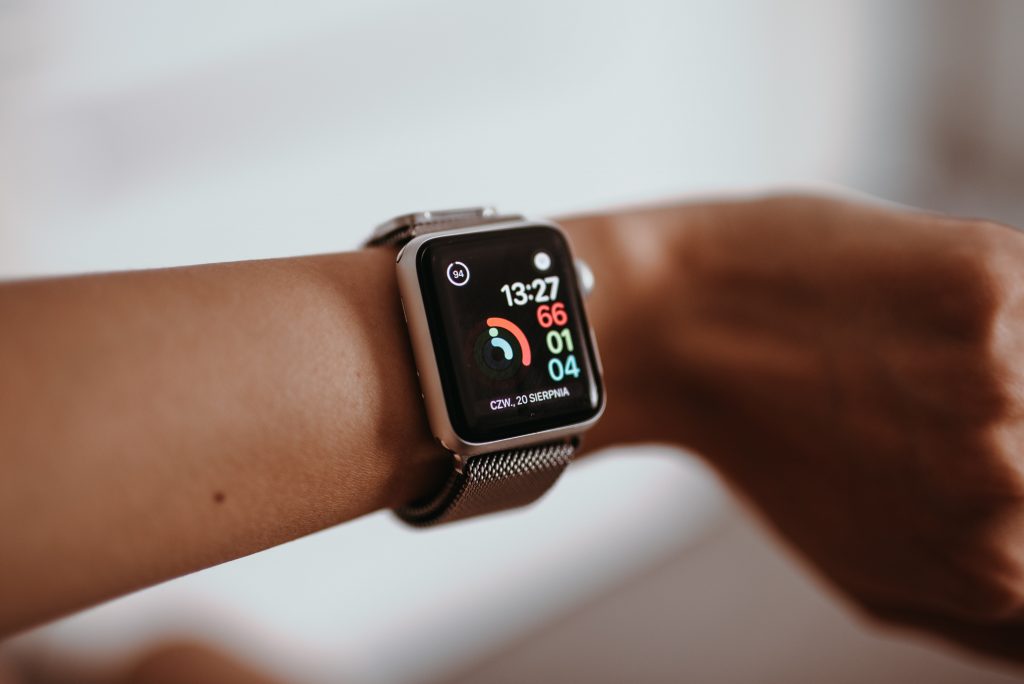
“From a legal point of view, any change Apple makes must be significant enough to avoid a patent, and must not be a so-called 'color' difference. Minor changes will not be enough," says Andrei Iancu, co-president of the Council for the Promotion of Innovation (C4IP).
After these comments, it's clear that it won't be enough if Apple makes some tweaks to the algorithms and design. The change must be sufficiently obvious to avoid the text in the patent. Maybe even turning off the sensor won't be enough. It depends on how the patent is filed. Apple could remove the SpO2 sensor entirely from smartwatches, but that would require a lot more. Time and money.
Why doesn't Apple just sit down at the negotiating table and sign a license agreement with Masimo? Masimo CEO Joe Kiani revealed in an interview with the New York Times that this was in the plan, but that Apple was "not involved in the licensing negotiations."
It is possible that Apple is targeting the long-term nature of the lawsuit. Their treasury is huge, perhaps even infinite compared to Masimo. Masim revealed that they have spent 60 million dollars on legal proceedings so far.
"Apple is a tough nut to crack," says Smith Brittingham, a partner at the law firm Finnegan, Henderson, Farabow, Garrett & Dunner, noting that Apple is one of the most sued companies in Silicon Valley.
Another possibility, which is still the least likely, is that Apple would start producing watches in the USA. This would mean a structural transformation of their production. If that were to happen, it would be just the right amount of Christmas luck and very good news for the US economy.
Apple in conflict with others
Apple has another similar court case under its belt. The company AliveCor claims that Apple stole their proprietary technology when developing the wearable ECG function. The two cases are very similar, but it is not certain that the outcome of the court proceedings will be the same as in the case of Masim.
In February, the ITC already introduced a ban on the import of Apple devices with EKG, but at that time the Patent Procedures Committee decided that EKG technology could not be patented. AliveCor now has to wait for the verdict on their appeal.
Let's go back to the first example from Masimo. If Apple removes or turns off the SPO2 feature, will users miss it? Not really. Of all the features, perhaps SPO2 is the least attractive to users. The function monitors sleep and can warn of potential health problems, but the average user does not pay too much attention to such measurements.
While the situation is tense for Apple in the US, for now we can be calm in Europe and Slovenia. If you want to give an Apple watch as a Christmas present, you can do so without hesitation.
Would you like to know how smart watch sensors work?



